There were some missteps back in the day when Capcom was enhancing and refining the original Street Fighter II. For those who are not in the know, this game instantly established itself as the greatest thing, like… ever. After the original—let’s call it SFIIv1.0—the first revision, Champion Edition, offered some minor graphical and gameplay improvements, plus four more playable characters; let’s call this SFIIv1.1. Turbo/Hyper Fighting came after that, with new character moves, programming tweaks and sped-up gameplay; let’s call this SFIIv1.2. Super Street Fighter II followed, and four awesome new characters were introduced, but there were some astonishing changes that were made along the way, like a host of swapped graphics and sounds. This was a much more substantial update, so let’s call it SFIIv2.0. Most of these changes were equal to or better than what was replaced, but a few—like the radical modification of certain characters’ voices—were absolutely, completely and unquestionably totally fucked… but I digress. Super Street Fighter II Turbo arrived last and maintained the same general format as its immediate predecessor, but made many important gameplay enhancements, and introduced a new secret playable character; let’s call it SFIIv2.1.
There were a lot gamers out there that were rightfully expecting a new version of Street Fighter II to land in 1995; let’s call it SFIIv2.2. Alas, it never came to be, but this version would have had additional gameplay balances, more new standard moves for characters, differentiation between throws and impact-grabs, secondary walking animations for the boss characters, and (more subtly) music change/speed-up only occurring when the loser of a previous round is approaching defeat in the current round.
The bad updates in the v2.x releases were taken with the good, but not without a readily identifiable pang. As such, there could easily have been a SFIIv3.0 in 1996 with further gameplay balances, one or two more characters, improved opponent AI for the single-player experience, an operator toggle switch for bonus stages in the setup menu, unique interactions in home stages for each character (à la Vega’s climbing of the fence in Spain), removal of chip-damage victories, and MORE IMPORTANT THAN ANY OTHER CHANGE THAT COULD EVER BE MADE TO THE GAME: removal of the estrogenized voices for Guile and the announcer. Ideally, the excellent voices that were used for these characters in the v1.x releases would be restored, or convincingly mimicked.
And for what it’s worth, any Street Fighter II aficionado who knows his ass from a hole in the ground will agree with every point made above, without hesitation.
Interestingly, instead of SFIIv2.2 and a string of SFIIv3.x releases, we got Street Fighter Alpha, which sounds sort of like some preliminary version of a new type of Street Fighter software. Then we got Street Fighter Alpha 2, Street Fighter III, Street Fighter III: Double Impact, Street Fighter Alpha 3, and Street Fighter III: Third Strike, but never any further revisions of Street Fighter II. WTF Capcom?
I guess Ultra Street Fighter II on the Nintendo Switch—which was released well more than 20 years after Super Street Fighter II Turbo—is a vindication of sorts. At first, it seems like the long lost SFIIv2.2 that should have existed in 1995. Sadly, the game is more an oddity than anything else: two so-called “new” characters have been added, but both are actually clones of existing characters and have only superficial changes to their movesets. This unearthed relic is really just an ultra-low-effort release, and not the unthawing of hibernated super-potential. Let’s call it SFIIv2.11, or maybe SFIIv2.105.
The most significant improvement in Ultra Street Fighter II is that the original Japanese art is finally being used in the U.S. instead of the long-standing American art-style (see the Super Street Fighter II arcade marquee above for an example of the latter). The American art was special in its own way, but so much less at the same time. Some people say it’s terrible—I can’t really agree or disagree with that sentiment.
One of these days I’m going to talk to Capcom about making SFIIv2.2 a reality. With the right finesse, this would be a very profitable endeavor. Hopefully it will produce a healthy foundation for future revisions, and eventually a SFIIv3.0 release.
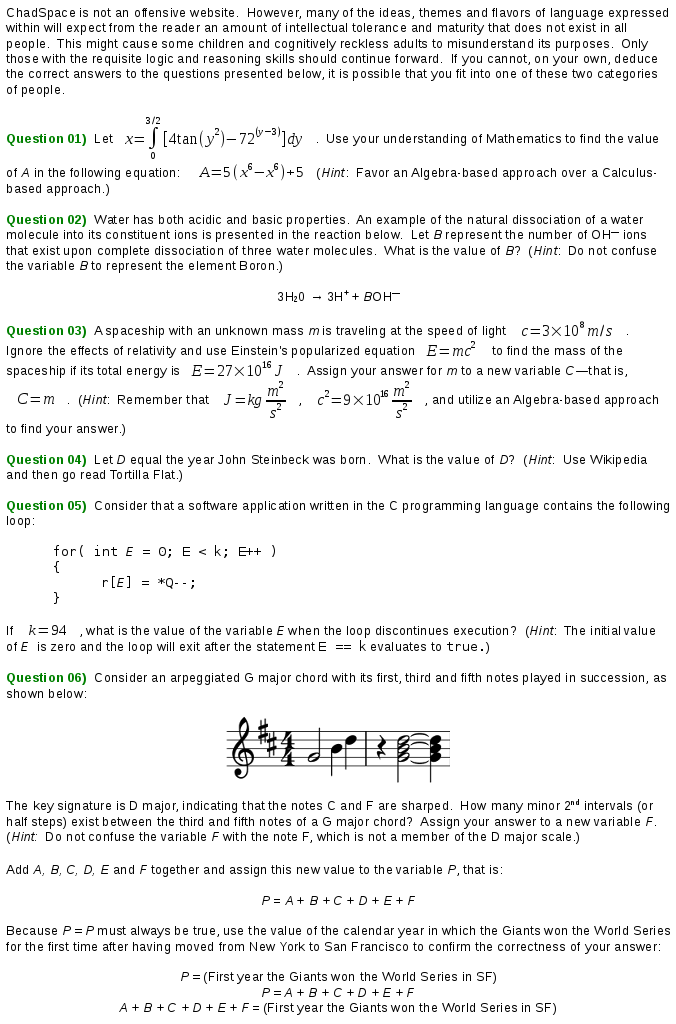

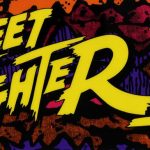
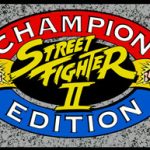
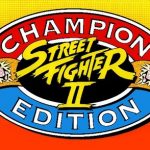
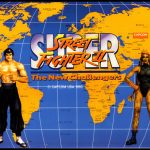
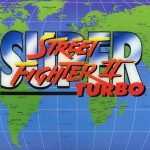
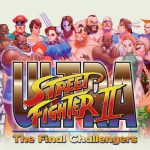
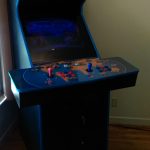
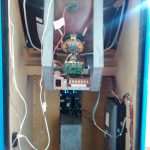
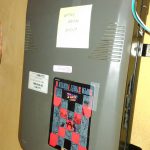
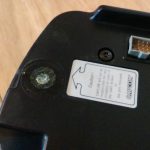
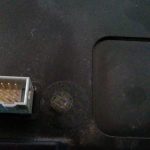
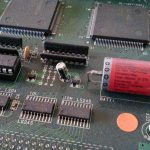
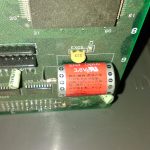
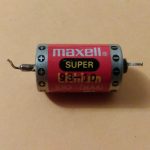
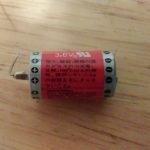
![Super Street Fighter II promotional artwork. [Formatted]](http://unwisdom.org/chadspace/wp-content/uploads/street-fighter-2-000001-formatted.jpg)